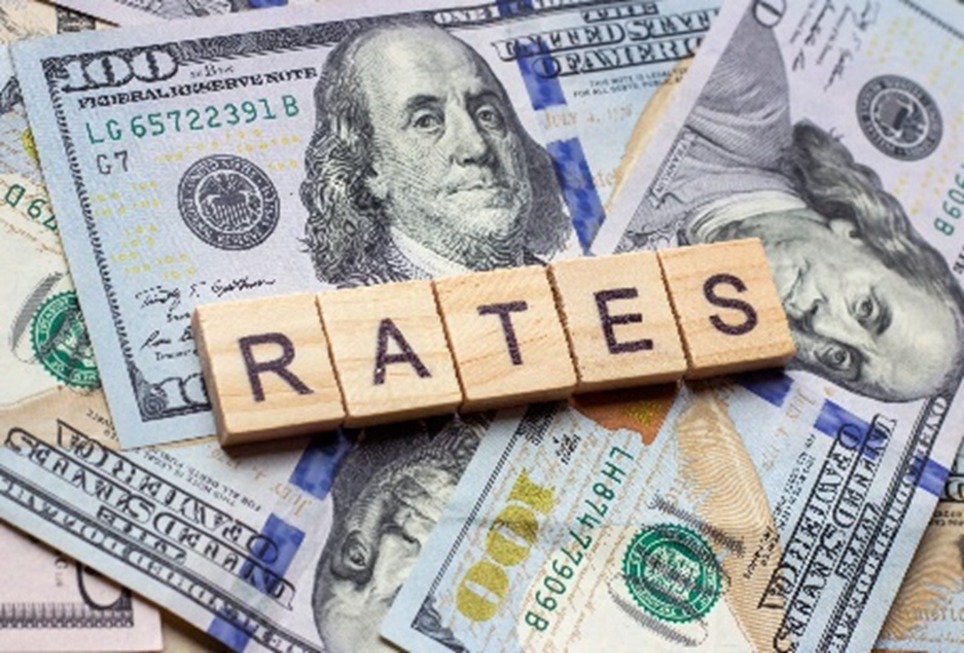ISLAMABAD: The US central bank has announced the largest interest rate increase in nearly 30 years as it intensifies its campaign to rein in the rising consumer prices. It increased by three-quarters of a percentage point – the rate at which the Federal Reserve charges banks to borrow money. The effects will be felt domestically and overseas in almost every sector of the economy.
However, in other countries, the strengthening of the US dollar results in higher import costs for goods like food and energy, which are frequently traded in the dollar. That increases economic pressure, particularly if a government has a sizable amount of debt in dollars.
The impact of the US interest rate increase is virtually immediate in nations where the dollar is pegged, such as Pakistan, Kuwait, and Saudi Arabia, etc., where banks raise rates in lockstep to try to stem a fund exodus to the US. The US economic story will continue to be widely followed as those changes begin to be felt locally.
Dr. Arshad, Dean of Capital University of Science and Technology, told WealthPK that since higher rates increase the value of the US currency making it more difficult for the emerging-market borrowers to repay their dollar-denominated debt, the Fed’s actions have increased market volatility and concerns about financial stability.
“It is a formula for widespread unrest and possibly even a recession. This hike in prices will eventually affect the banking sector of developing countries. Because bond prices fall when interest rates rise, and the opposite is true when interest rates are on the rise. Bonds with low coupons issued in the lower-rate environment will be worthless because newly issued bonds will have higher coupons as rates rise,” Dr Arshad continued.
He said banks raise their rates for personal and corporate loans when the Fed hikes interest rates. This implies that less money is available for consumer spending, theoretically. Additionally, rising interest rates on business loans might occasionally force businesses to cease expansions and hiring.
Dr Arshad said more than 30 emerging economies were either suffering or were in a debt crisis. Over twenty developing nations spend more than 20 percent of their national revenue paying off foreign public debt. Owing to this, advanced economy interest rate increases may result in tighter external financial conditions for emerging markets and developing nations.
Dr Arshad said the economy of today bore a troubling resemblance to the era of the 1970s and early 1980s that was characterized by high inflation, sluggish growth, and rising borrowing rates. Early 1980s Fed rate hikes lowered the US inflation but increased worldwide interest rates, leading to the default of many emerging nations and history is going to repeat again, said Dr Arshad.
In a detailed talk with WealthPK, Professor Dr Ejaz Mustafa Hashmi from the International Islamic University Islamabad (IIUI) said the Fed’s domestic policies packed an international impact, increasing the likelihood of a worldwide recession while hurting the economies and finances of many emerging nations. currently, the increase in FED will eventually affect developing countries in a drastic way because this has increased the cost of borrowing, he said.
He said it’s doubtful how much suffering today’s actions will ultimately cause, as it was challenging to predict how severe any slowdown will be once it fully manifests because so many nations are already hiking rates so swiftly and in sync.
“If we take the example of Pakistan’s banking sector, they were offering 6% rate plus a 3% premium on interest around a year ago. They were charging 2% or 3% but now the issue is that this 9% has increased to 16% along with 3% premium which will increase further. So, any buyer who will try to borrow something will have to pay double the previous rate. Therefore, the cost of financing has increased because of higher interest rates, and the customers are reluctant because of higher payments or higher costs of financing.
Dr Ejaz said the Fed policies were affecting the banking sector of all the developing or underdeveloped countries that were already buried under high dollar debt.
“There is no doubt in saying that it is exactly pushing the global economy to the edge of a cliff because it will increase the chances of default by most countries. They will not be able to pay back the loans because the domestic condition of the economy will worsen, and it will generate a crisis for the global economy,” Dr Ejaz said.






